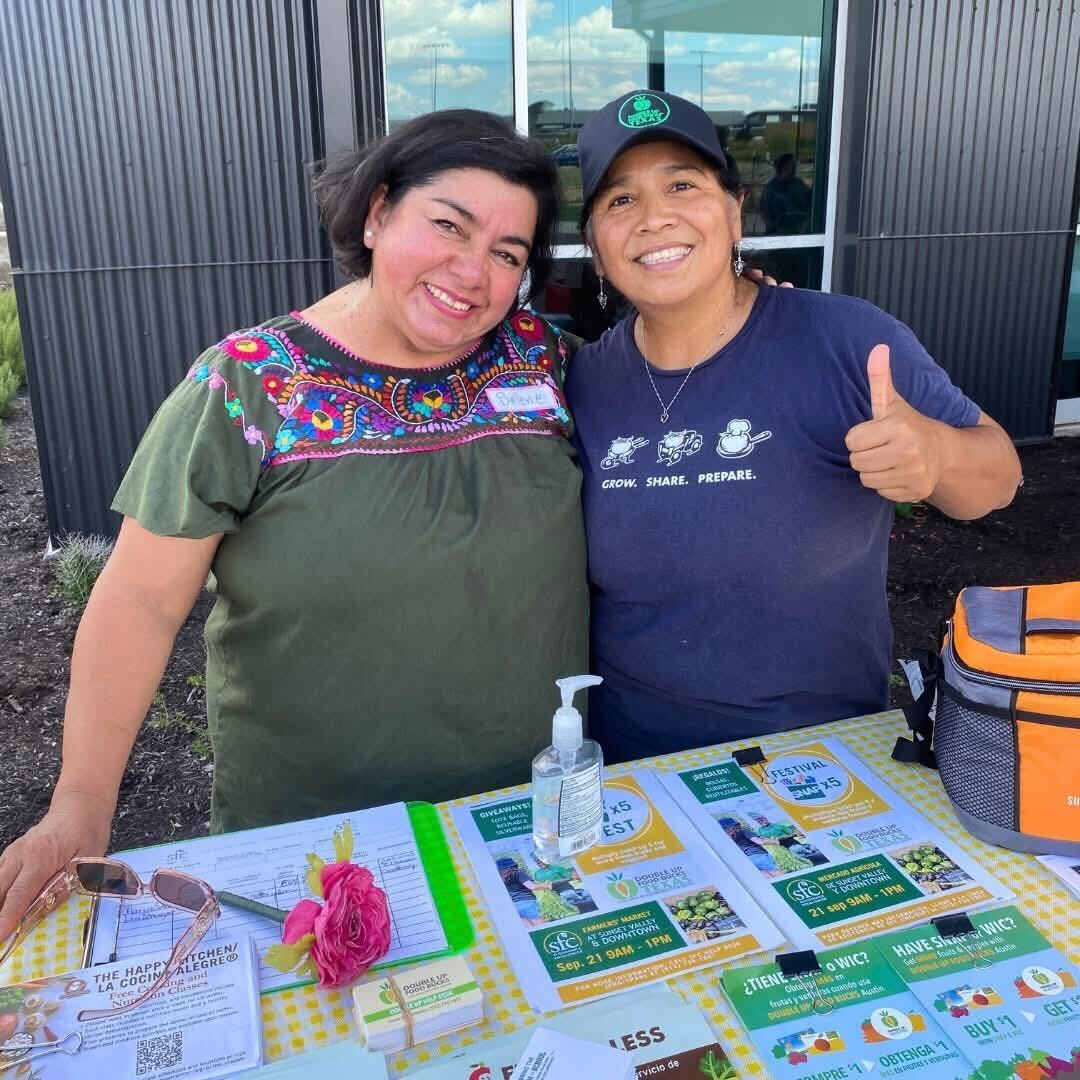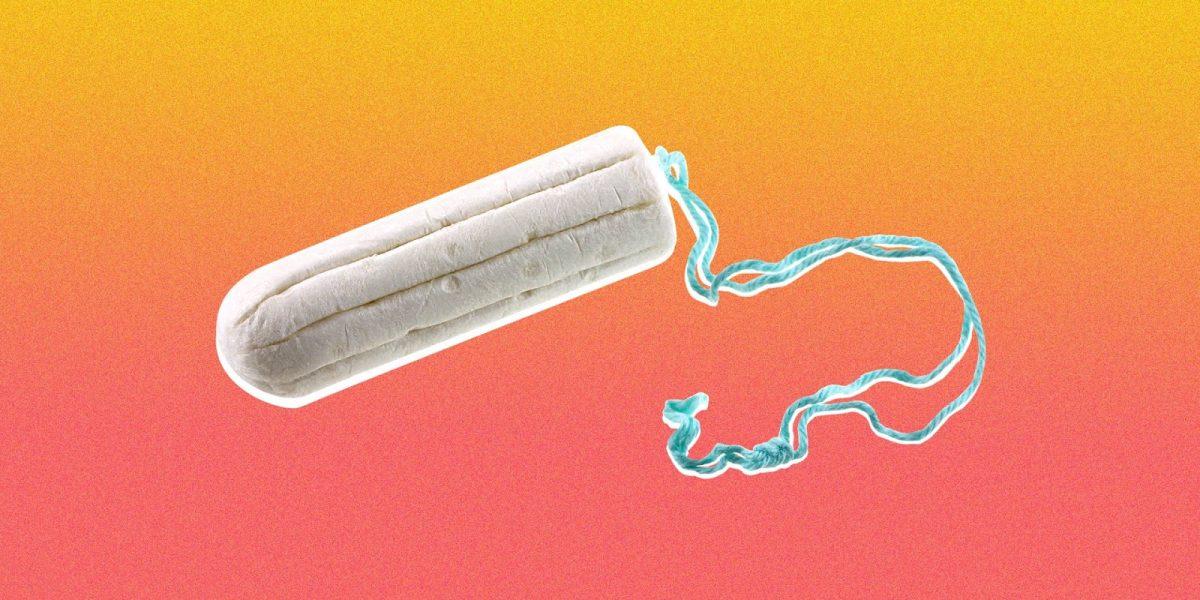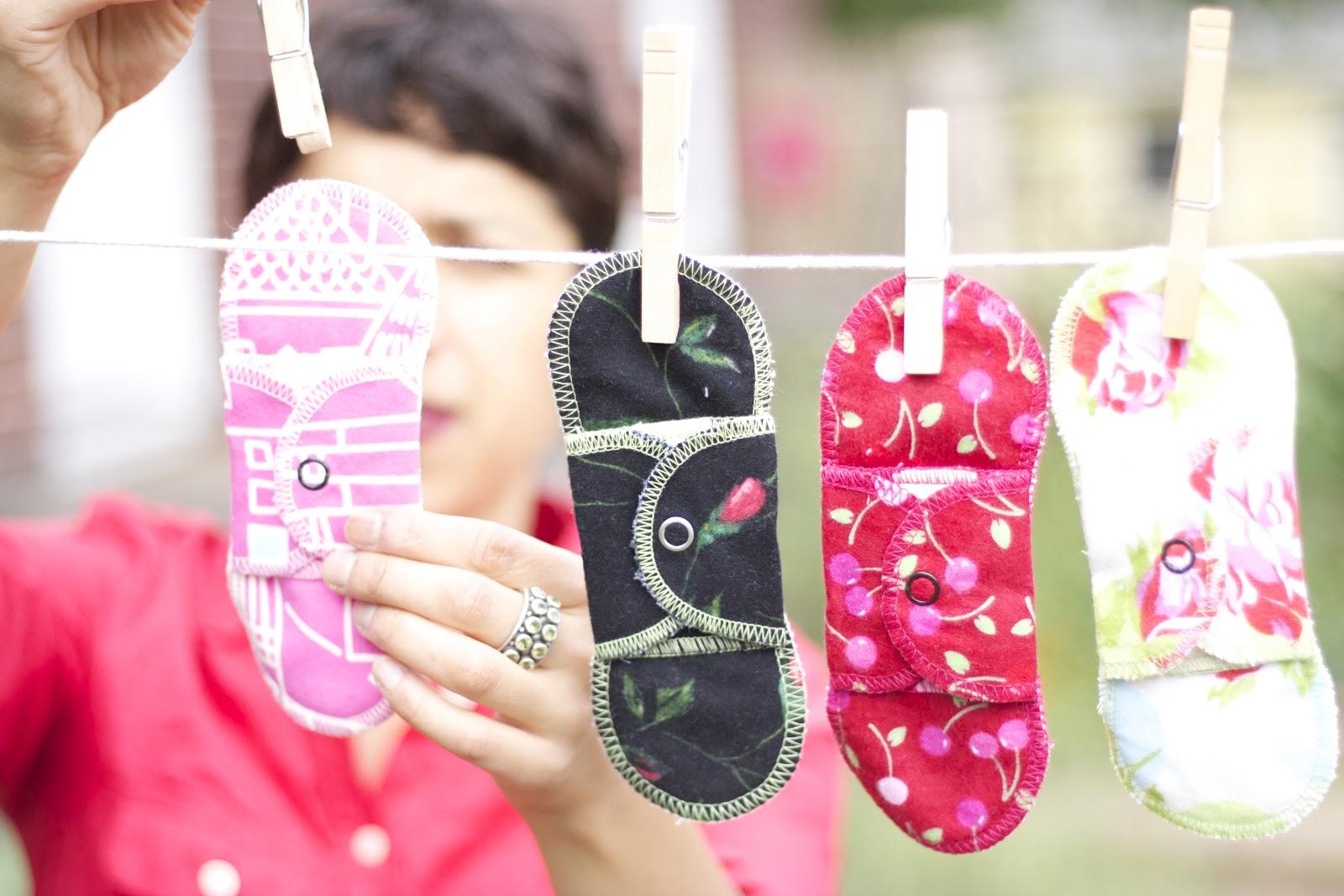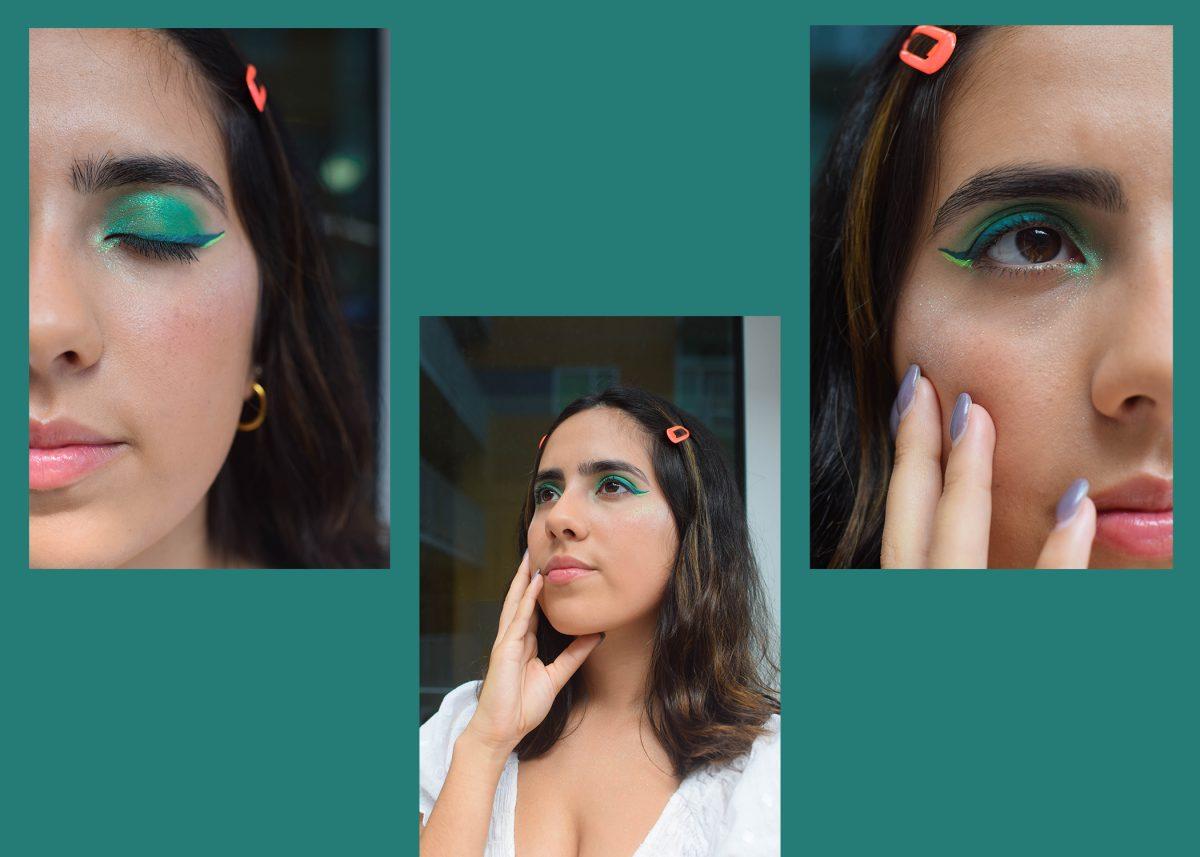*Disclaimer: if you feel uncomfortable talking about periods, vaginas and/or feminine hygiene, this is not the article for you.
There’s a growing market for alternative feminine products. You can order organic cotton tampons to your door, insert a diva cup or take the route of using reusable cloth pads. But, why the interest in changing up one’s menstrual routine?
We need to talk about what’s in our tampons.
Story by Alyssa Frost
Photo courtesy of The Atlantic
The biggest motivation for companies like LOLA, where organic cotton tampons are delivered to your door, is exposing the FDA’s requirements for feminine products like tampons and pads.
The federal Food and Drug Administration classifies tampons and pads as medical devices. Though this helps to focus on the safety of the physical components, it doesn’t require full disclosure of ingredients.
According to the FDA website, this is what constitutes as a medical device:
A medical device is “an instrument, apparatus, implement, machine, contrivance, implant, in vitro reagent, or other similar or related article, including a component part, or accessory which is:
-recognized in the official National Formulary, the United States Pharmacopoeia, or any supplement to them,
-intended for use in the diagnosis of disease or other conditions, or in the cure, mitigation, treatment, or prevention of disease, in man or other animals, or
-intended to affect the structure or any function of the body of man or other animals, and which does not achieve any of its primary intended purposes through chemical action within or on the body of man or other animals and which is not dependent upon being metabolized for the achievement of any of its primary intended purposes.”
This leaves us wondering, does the government think menstruation is a disease or condition? Why is the word “disease” used to refer to a natural human body function?
The FDA does have content requirements for each type of menstrual products. They’ve upped their regulations to prevent excess fiber shredding and other harmful chemicals, but companies are still not required to fully disclose all of the ingredients. The push for more transparency came in the 1980s when Toxic Shock Syndrome came into the public eye. Eight hundred ninety cases of TSS, 91 percent menstrual related, were reported to the Centers for Disease Control and Prevention in 1980, and almost every feminine product-making corporation faced lawsuits.
It is easy find and purchase organic foods to eat, but it’s probably not as often that you think about what you’re inserting inside your body.
The inside of your uterine wall is soft and spongy, which means it’s more permeable than other bodily flesh. If you’re buying products that use non-organic cotton, it’s possible that you’re using a product that has pesticides in its fibers. As of May 2016, at least 92 percent of cotton planted acres in America used pesticides. Fibers coated in pesticides can flake off and soak into your flesh. Your insides can absorb whatever chemicals it finds in there. As if that wasn’t enough to worry about, a lot of conventional tampon companies will use chlorine dioxide to bleach their cotton, which releases dioxins, which is a potential carcinogen. If you don’t know, carcinogens are substances that have shown to be a direct line to cancer. So basically, by using conventional tampons, you could be exposing your uterine wall to cancer-causing agents. Are you hyperventilating yet?
Non-conventional companies will commonly use hydrogen peroxide to bleach pads and tampons, which is much better for you—the only issue is, it’s more expensive. A lot of conventional companies will go with the more cost-effective option despite suggestive health risks. It’s common to see a lot of the bigger brands using a mixture of rayon and cotton because rayon is a less expensive fiber and is more absorbent than cotton. Rayon is a synthetic chemical fiber that comes from mostly trees that have been regenerated. Wood from trees is essentially stripped down into a simple pulp to extract cellulose, which is then processed into spinning fibers. It takes fifteen steps of production to get the rayon fiber necessary for tampon and pad products.
Above is a photo of another alternative menstrual product option, reusable cloth pads. Photo courtesy of blog.gladrags.com
So are the ingredients in your menstrual products really a big deal?
The average American woman uses between 11,000 and 16,000 tampons in her lifetime. That’s a lot of chances to absorb potential toxins in your body, and it’s not like pads are without excess chemicals too. I wish I could give you a strong statistic here, but the National Institutes of Health has never done a study on the effects of tampons on the body. Despite Democratic Representative Carolyn Maloney’s nine attempts to bring legislation for large studies and more transparent language, we still have a void of information.
Luckily, there’s tons of other options instead of using conventional pads and tampons. There’s a new market for 100 percent organic cotton tampons and you can find them in tons of places, as well as get them delivered to you. If you’re up for a challenge you can try out the BPA-free plastic menstrual cups, or you can go old fashioned and use 100 percent organic reusable cloth pads.













































